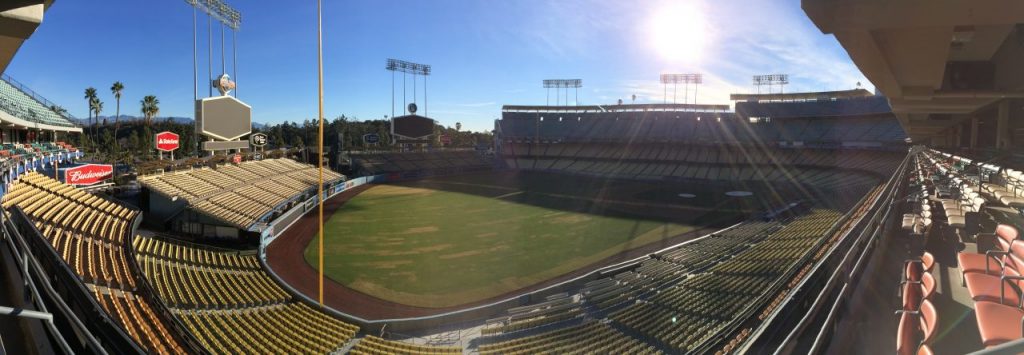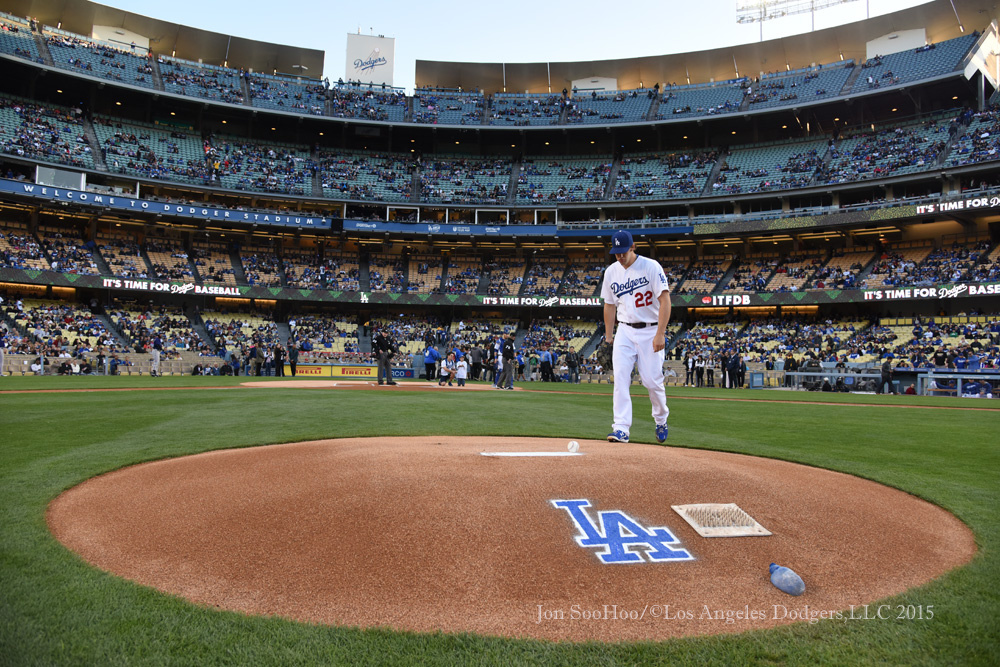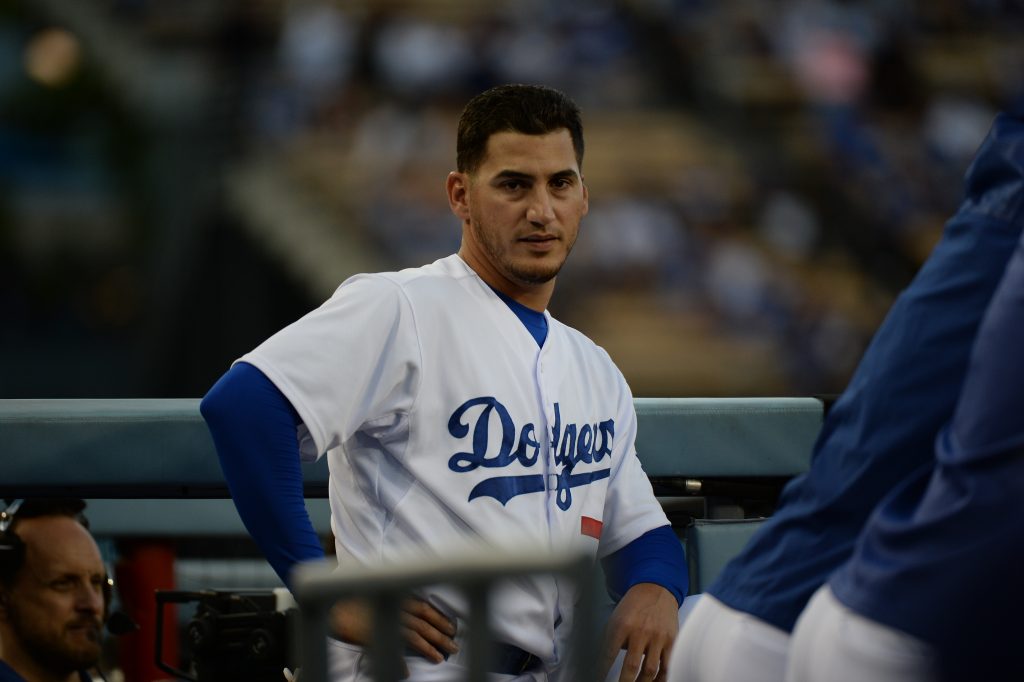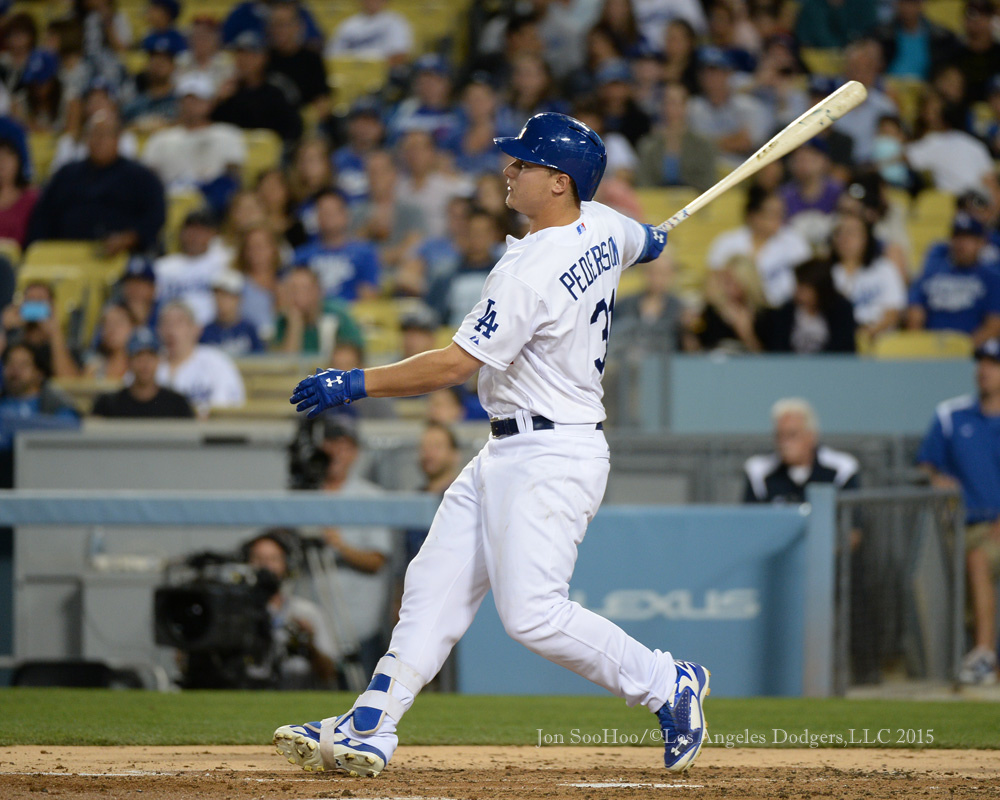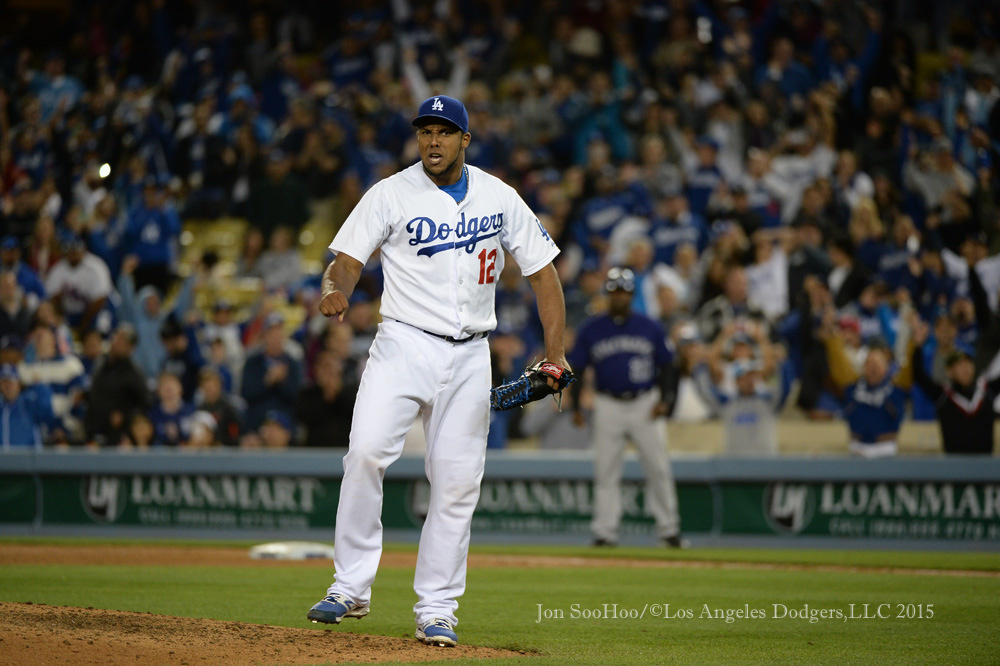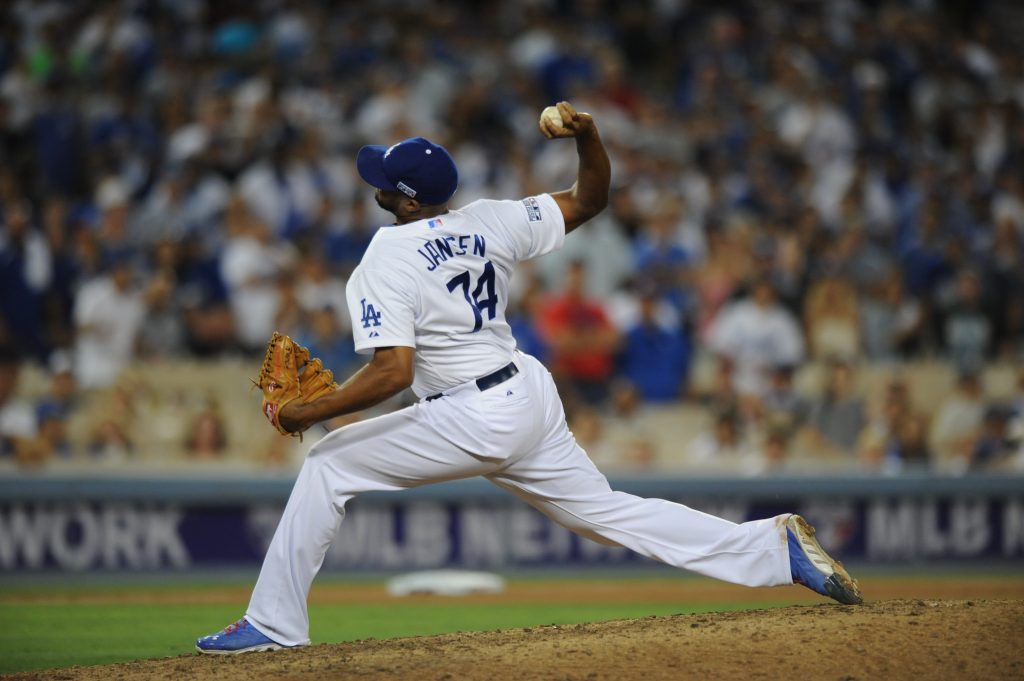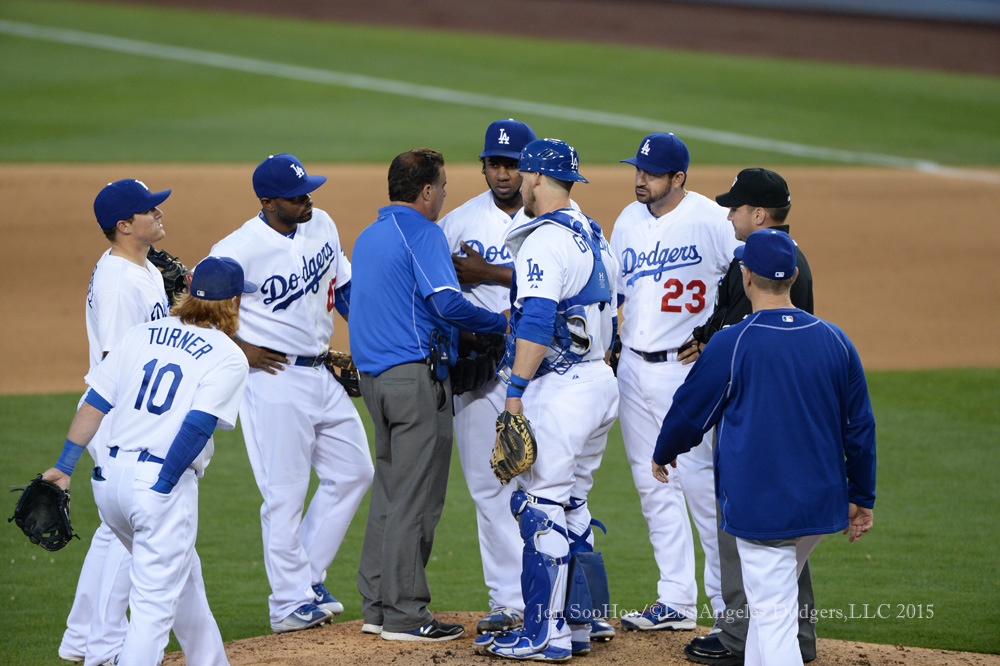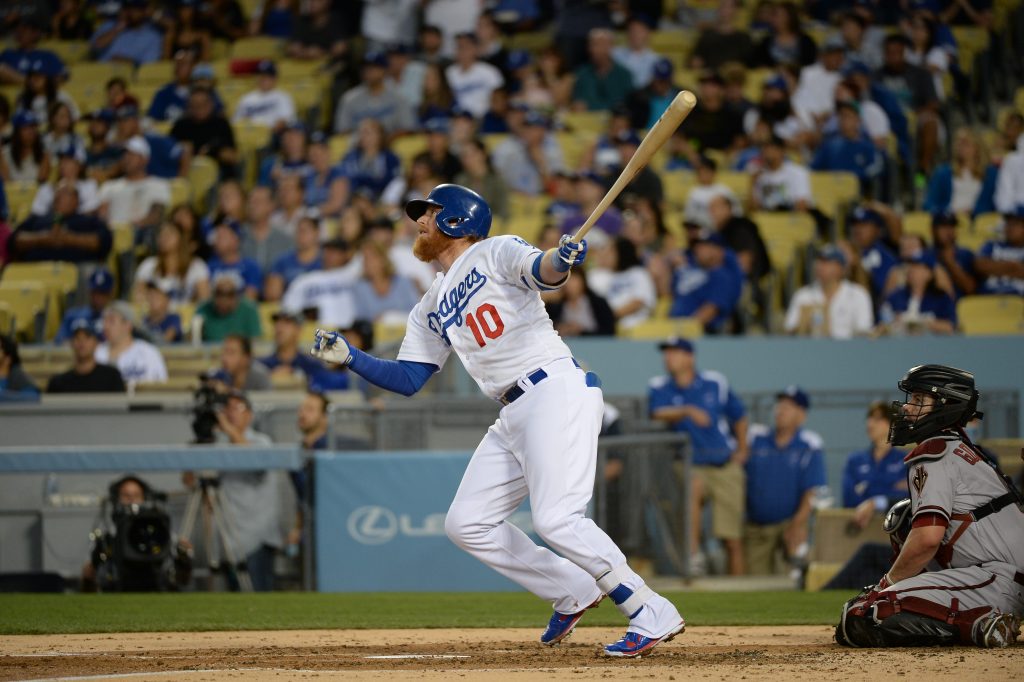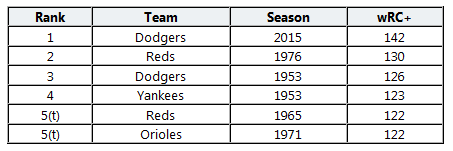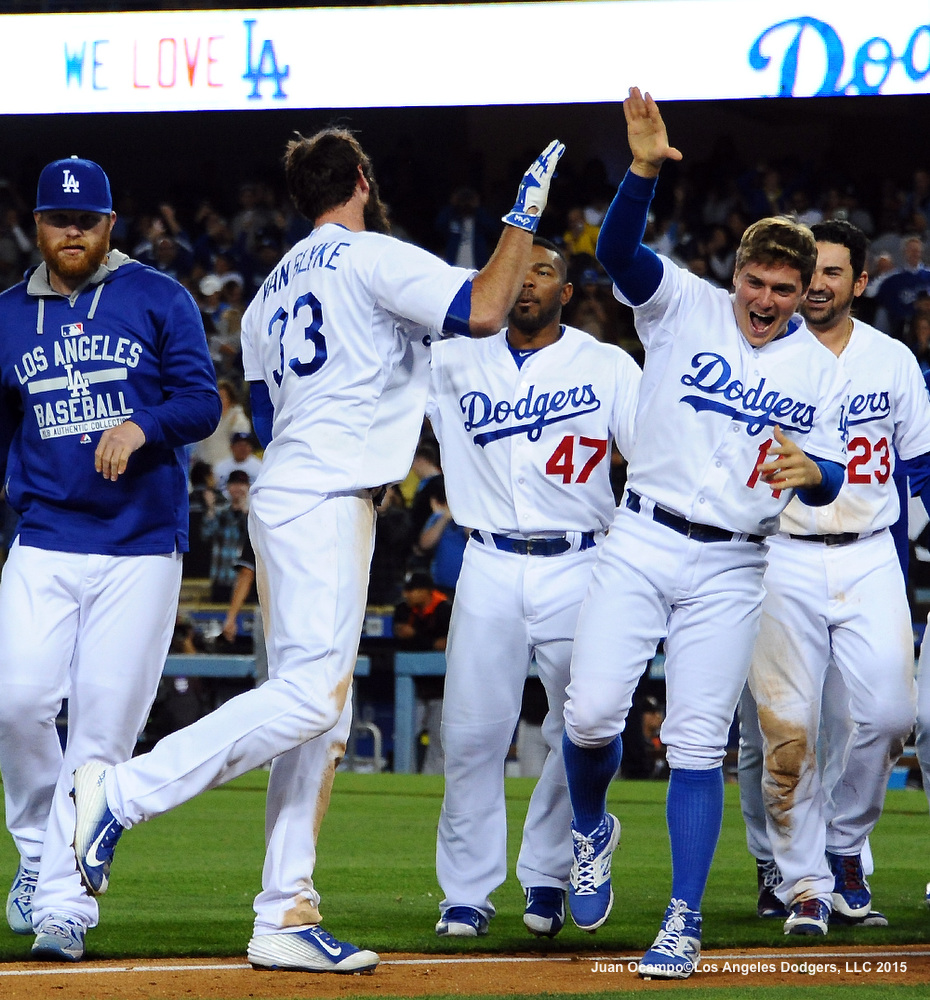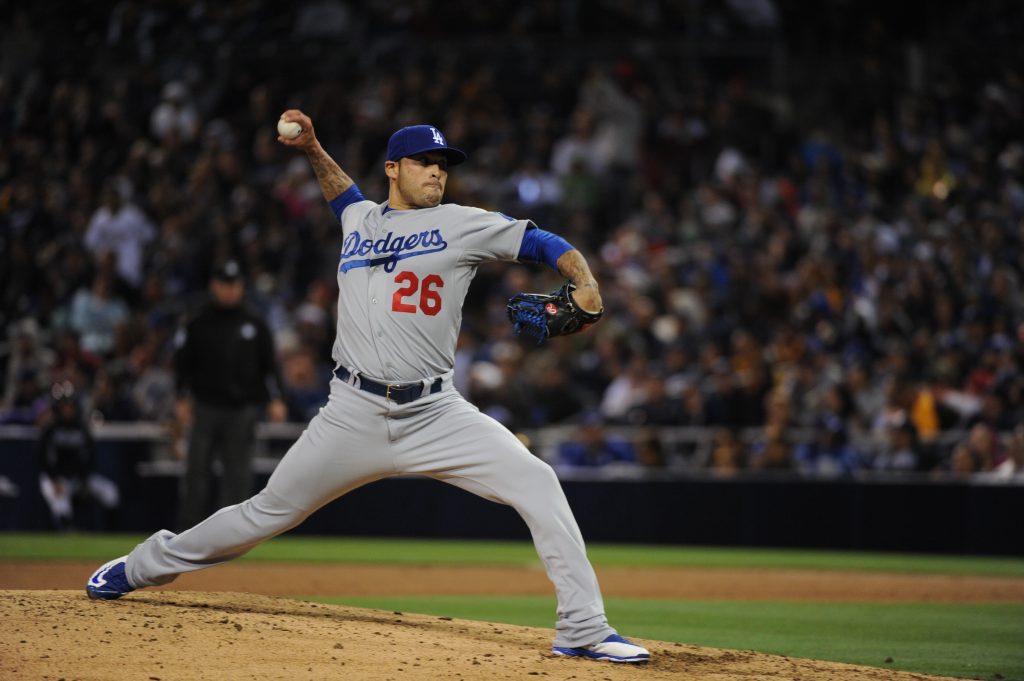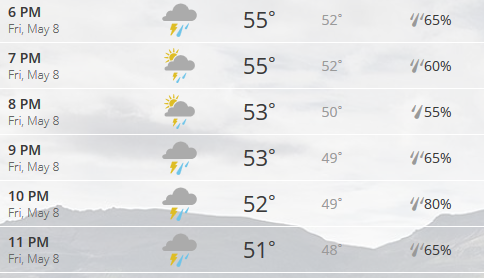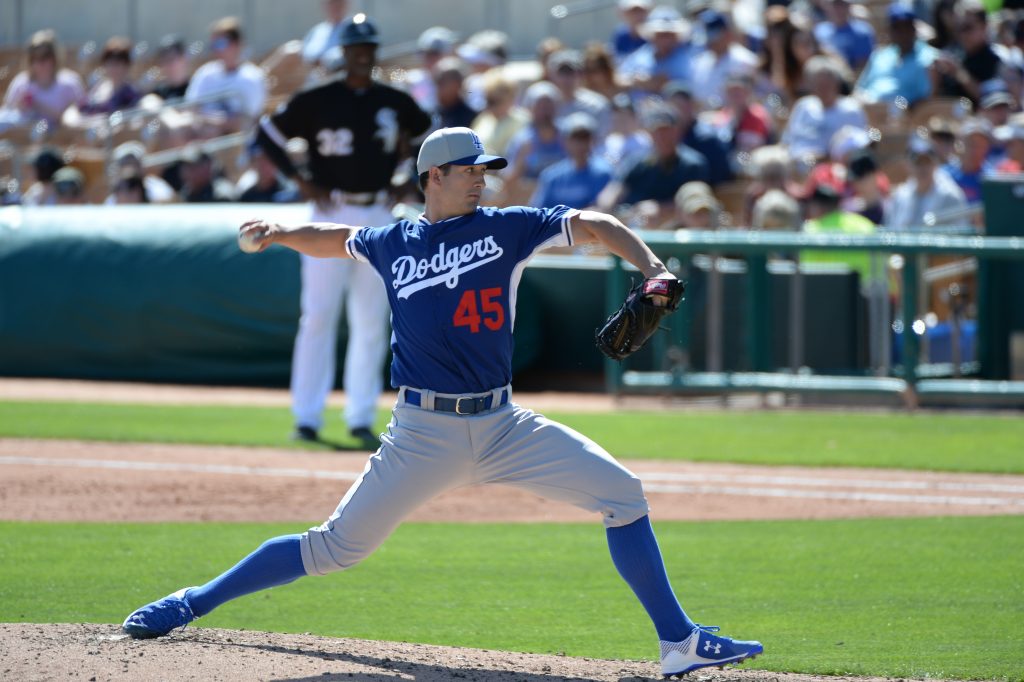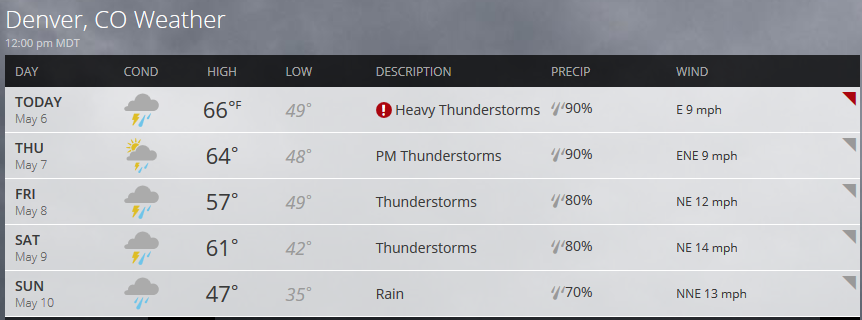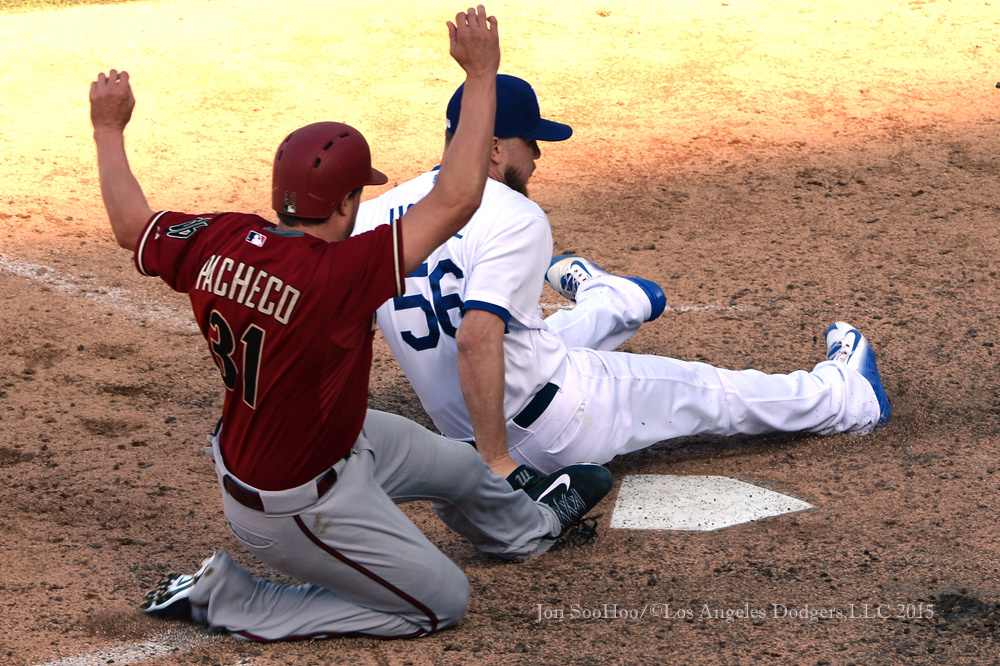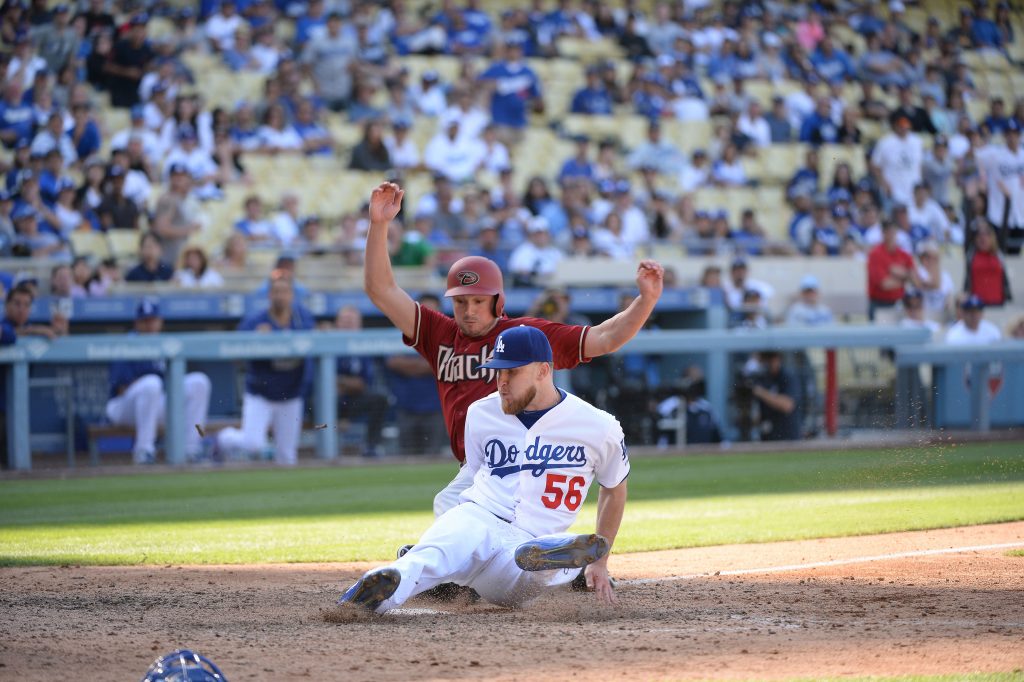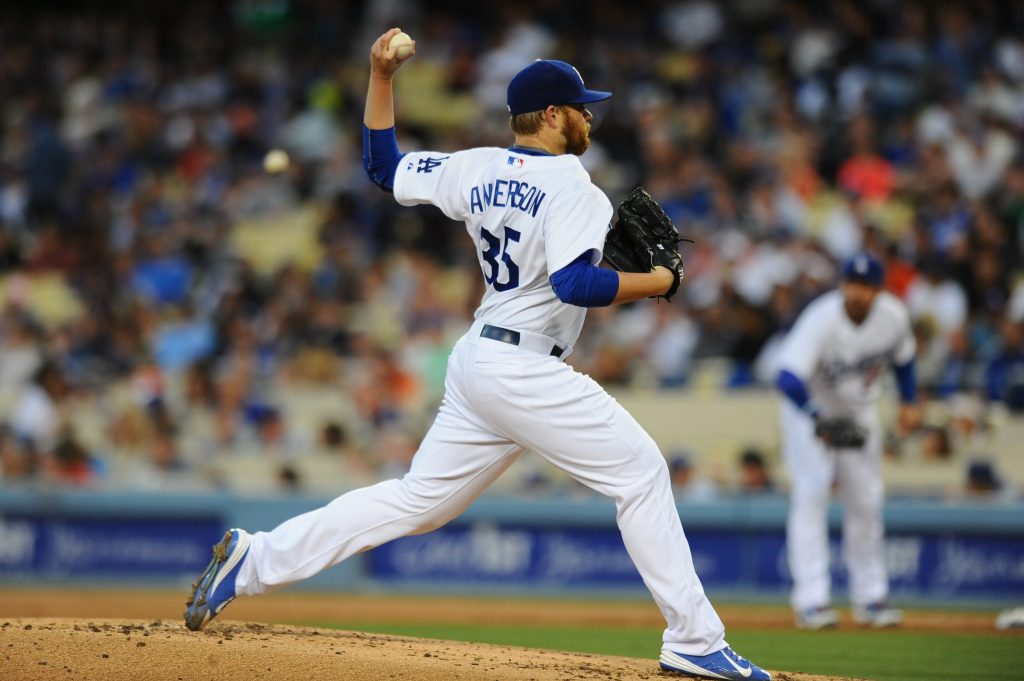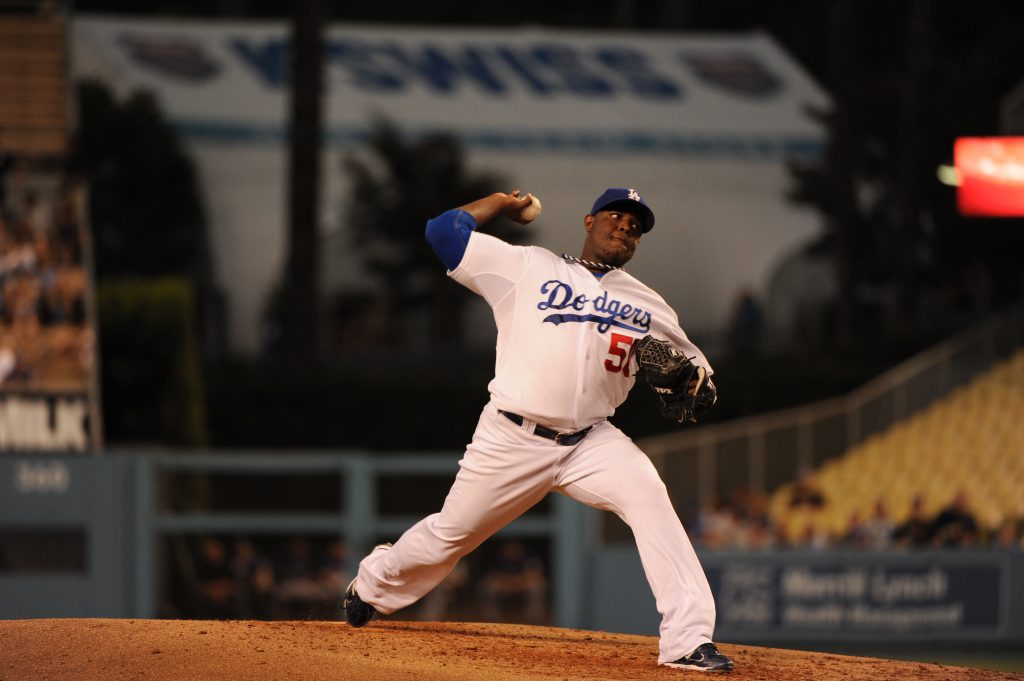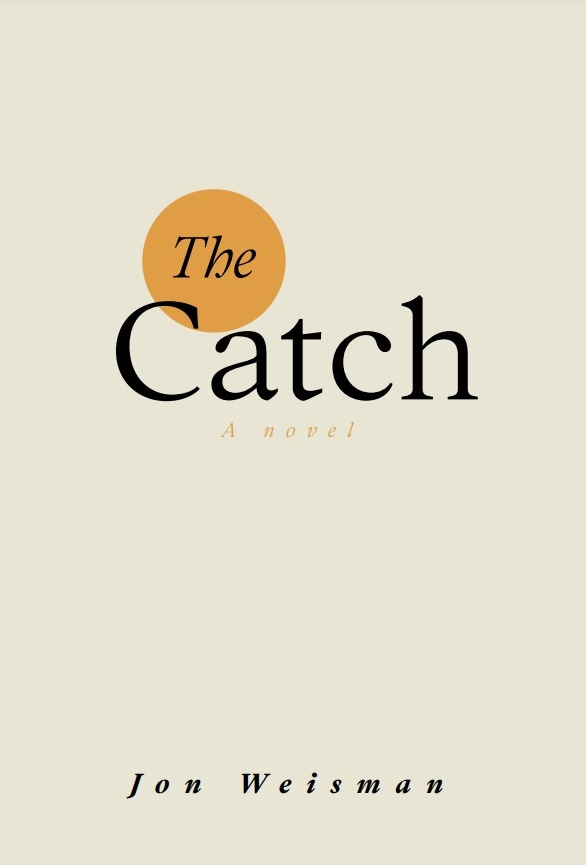Here are the earned runs by innings against Clayton Kershaw over his past six starts:
000 100 xxx (six innings on April 17 vs. Colorado, left for pinch-hitter)
002 000 xxx (six innings on April 22 at San Francisco, left for pinch-hitter)
100 100 0xx (seven innings on April 28 vs. San Francisco, left for pinch-hitter)
000 001 03x (7 1/3 innings on May 4 at Milwaukee)
000 500 xxx (5 2/3 innings on May 10 at Colorado)
000 000 3xx (6 2/3 innings on May 15 vs. Colorado)
In the past 40 innings that he has taken the mound, Kershaw has allowed earned runs in eight of them.
Kershaw CCXVIII: The Kershow with David Letterman
Joc Pederson, CF
Kiké Hernandez, SS
Howie Kendrick, 2B
Adrian Gonzalez, 1B
Justin Turner, 3B
Scott Van Slyke, RF
Alex Guerrero, LF
A.J. Ellis, C
Clayton Kershaw, P
For a 26-inning stretch from April 17 through the seventh inning May 4 in Milwaukee, Kershaw had a 2.08 ERA with two walks against 37 strikeouts, and the only thing that could stop him was the Dodgers’ need for a pinch-hitter. And all people did was complain about how ineffective he was.
Since then, he has had three rough innings out of 12 — not his finest cumulative hour. Several analysts online have written “what’s wrong with Kershaw” pieces, and what it seems to come to down to is pitch selection, a slightly less effective slider and — particularly in that lone Coors Field inning, which accounts for 31 percent of the runs Kershaw has allowed over his past 38 2/3 innings — some bleeding rotten fortune.
Here are two things that stick out to me:
- Opponents have swung at the first pitch in 39 percent of their plate appearances against Kershaw this year, and are hitting .308/.341/.564/.906. Last year, they swung at the first pitch 41 percent of the time, but hit .199/.204/.321/.525.
- With runners in scoring position, opponents are hitting .347/.396/.469/.866 with a .485 batting average on balls in play. Last year, they hit .190/.233/.355/.588 in RISP situations with a .276 BABIP.
The first problem is certainly fixable; the second might fix itself.
One thing I suspected Kershaw might be having trouble with didn’t turn out to be true. Of his 14 walks (that’s all) in eight starts this year, half have come with the bases empty — but that’s actually a far better percentage than last year, when 22 of his 31 walks came with the bases empty. And yet hitters are only OPSing .654 against him with nobody on. Since April 17, only one player (D.J. LeMahieu) has scored off Kershaw after drawing a bases-empty walk. So the start of innings hasn’t been the problem.
The upshot of all remains that for all that Kershaw might be doing wrong, he is doing so much that is right. Perhaps most importantly, based on his velocity, there is no indication that there’s anything physically amiss. This is still a pitcher who leads Major League Baseball in xFIP (2.15).
Our concerns about Kershaw probably say more about us than they do about him. No one’s been unhappier about his performance than Kershaw himself, but he has managed to do what should have been unthinkable — become an underrated pitcher.
